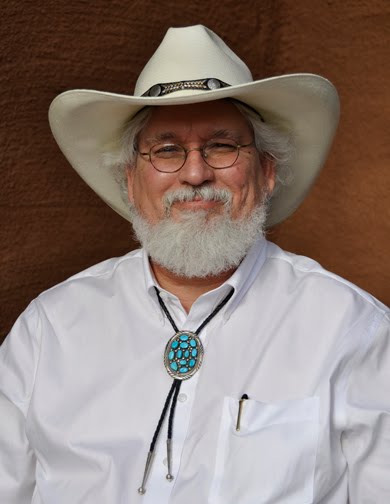 I was listing various little treasures to sell through the Ebay store last night when I pulled this piece out of the bag. I bought it about three weeks ago at a wholesaler outfit with decades long connections here, a hearty little business that specializes in the low to middle end of the Native American Jewelry spectrum. The pendant really impressed me at all levels on careful inspection. The silversmithing is excellent with appealing design cuts and a twisted wire boundary below the plain bezel. The semiprecious stones with perfectly rounded outer edges are well selected and inlaid in an appealing mosaic pattern with great precision between very slender slivers of sterling silver. The slider bale is plain but perfectly cut and shaped. Then last of all I noted the tidy double E hallmark imprint stamped to a desirable uniform depth on the plain silver back. Not perfect, but this pendant was, I thought, without doubt the work of a thrifty master jewelry maker. My guess was that he or she had been employed at one of the many jewelry manufacturing outfits here in Gallup because this work is an evolutionary looking creation bridging the gap between the old traditional and new style jewelry created by specialist teams. I started to call this blog entry, "Jewel of an Unknown Artist," but then I decided to make some inquires today so I carried the piece back to my buying source and learned that its creator was Kristen Ella Cowboy (Navajo), an experienced jewelry maker of many years who does have a background in the jewelry manufacturing business but also works for herself. I asked my good dealer friend to relay to Ms. Cowboy* my admiration of her fine work and to order in some more products for me to pickup.
I was listing various little treasures to sell through the Ebay store last night when I pulled this piece out of the bag. I bought it about three weeks ago at a wholesaler outfit with decades long connections here, a hearty little business that specializes in the low to middle end of the Native American Jewelry spectrum. The pendant really impressed me at all levels on careful inspection. The silversmithing is excellent with appealing design cuts and a twisted wire boundary below the plain bezel. The semiprecious stones with perfectly rounded outer edges are well selected and inlaid in an appealing mosaic pattern with great precision between very slender slivers of sterling silver. The slider bale is plain but perfectly cut and shaped. Then last of all I noted the tidy double E hallmark imprint stamped to a desirable uniform depth on the plain silver back. Not perfect, but this pendant was, I thought, without doubt the work of a thrifty master jewelry maker. My guess was that he or she had been employed at one of the many jewelry manufacturing outfits here in Gallup because this work is an evolutionary looking creation bridging the gap between the old traditional and new style jewelry created by specialist teams. I started to call this blog entry, "Jewel of an Unknown Artist," but then I decided to make some inquires today so I carried the piece back to my buying source and learned that its creator was Kristen Ella Cowboy (Navajo), an experienced jewelry maker of many years who does have a background in the jewelry manufacturing business but also works for herself. I asked my good dealer friend to relay to Ms. Cowboy* my admiration of her fine work and to order in some more products for me to pickup.*Cowboy is a very common Navajo name








